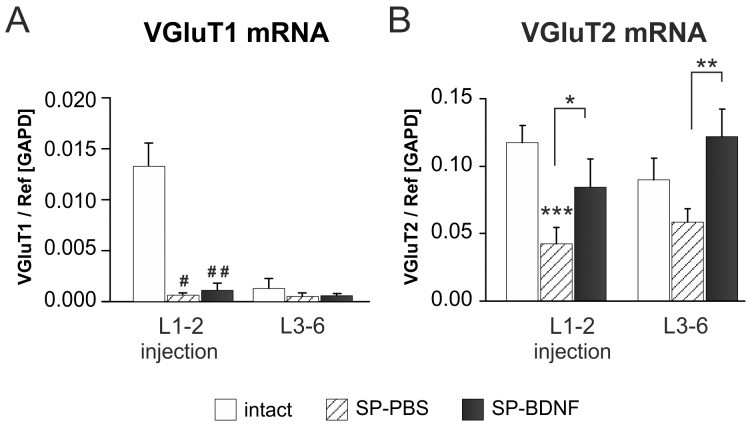Figure 5. The effects of spinal cord transection and BDNF overexpression on segmental vesicular glutamate transporter 1 (VGluT1) and 2 (VGluT2) transcripts level.
(A) Spinal cord transection leads to a significant decrease in VGluT1 mRNA level in L1–2 segments and to less pronounced decrease in L3–6 segments (hatched bars). In SP-BDNF rats VGluT1 mRNA goes through similar to SP-PBS rats reductions, both in L1–2 and in L3–6 segments (black bars). (B) Spinal cord transection causes a significant decrease in VGluT2 mRNA levels in rostral and a tendency to decrease in caudal spinal cord segments (hatched bars). In SP-BDNF rats VGluT2 transcript level is significantly higher than in SP-PBS rats both in L1–2 and L3–6 segments, where it tends to be higher than in control rats (black bars). Data are the means ± SD from 5 intact, 3 SP-PBS and 4 SP-BDNF rats. Mann-Whitney U test was used to compare VGluT1 mRNA values: # P<0.05, ## P<0.02; Two-way ANOVA with Tukey post-hoc tests were used to compare VGluT2 mRNA values: *P<0.05, ***P<0.001. Asterisks above the bars indicate significant differences between spinalized rats and intact controls; asterisks put above the square brackets indicate significant differences between the SP-PBS and SP-BDNF groups.

